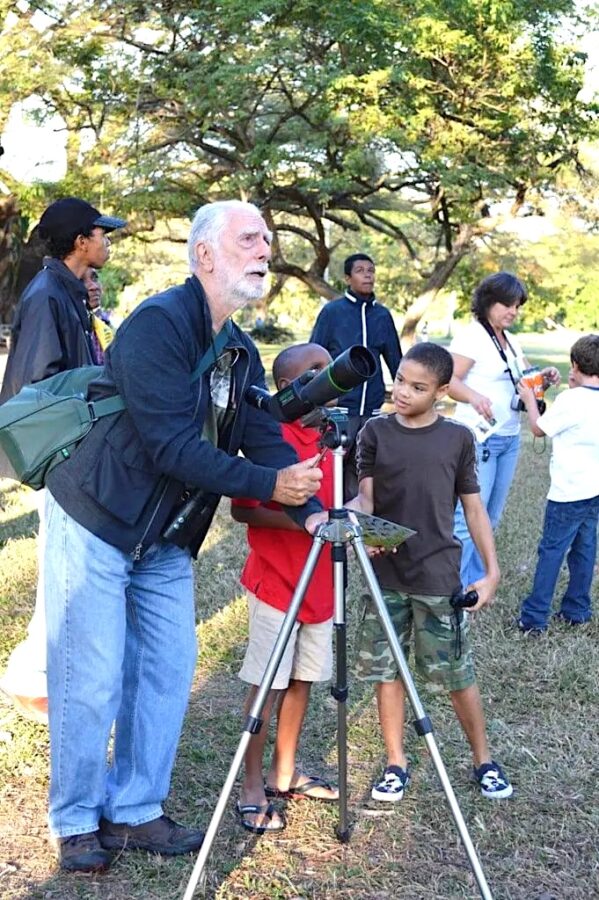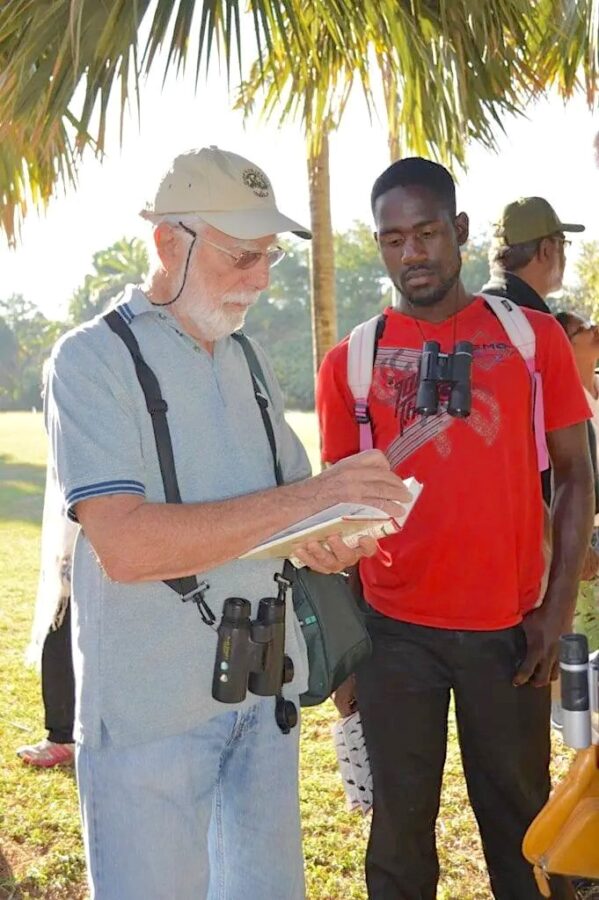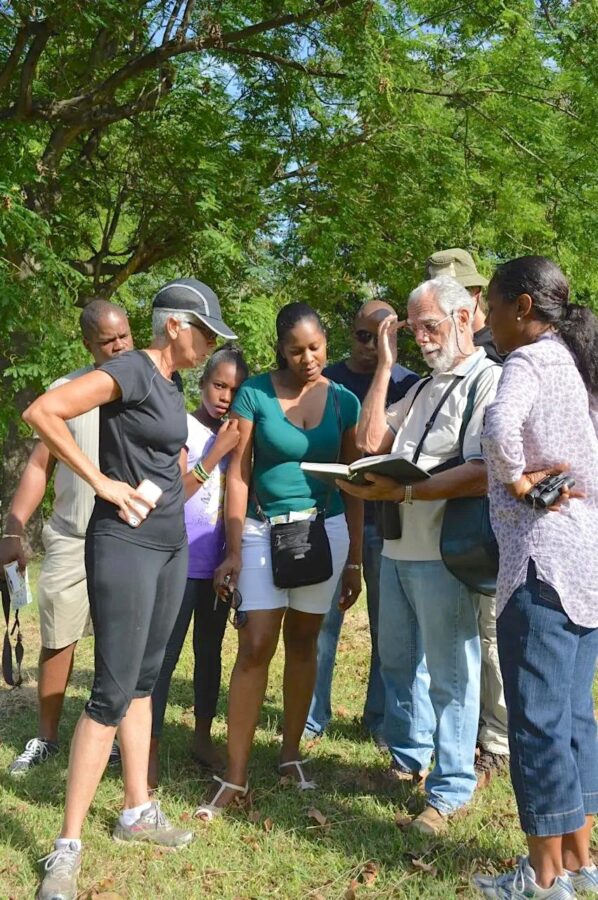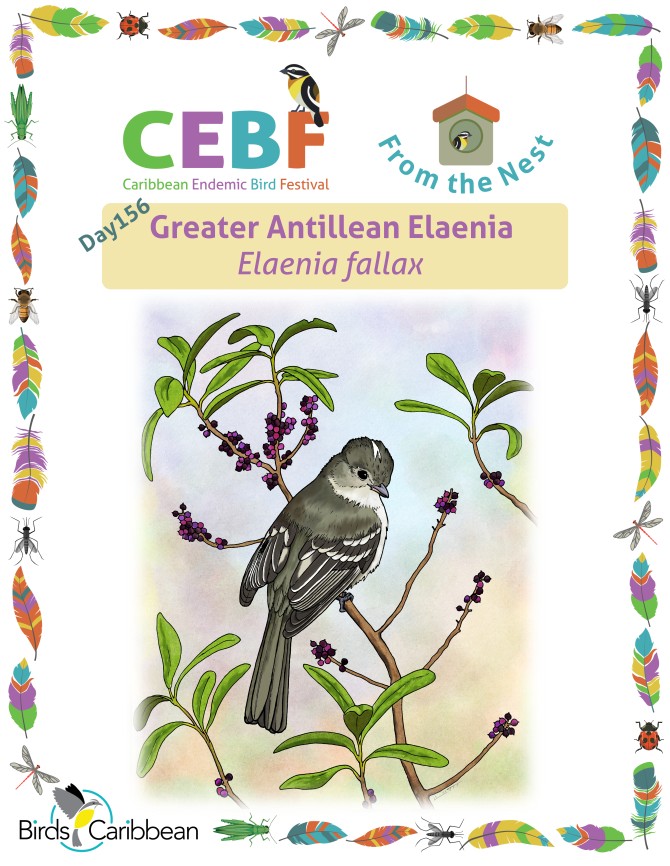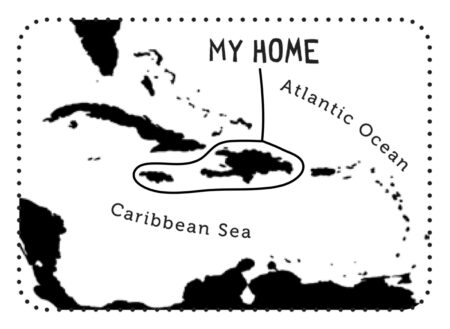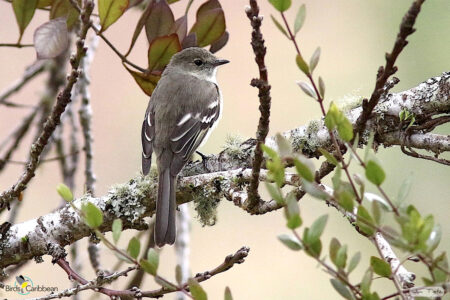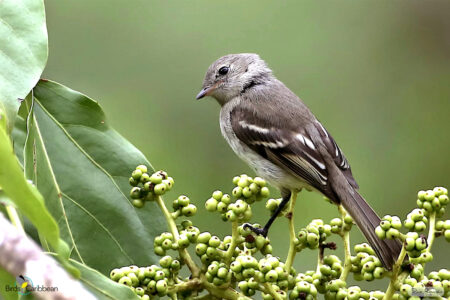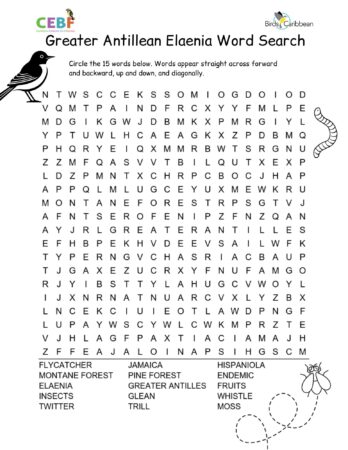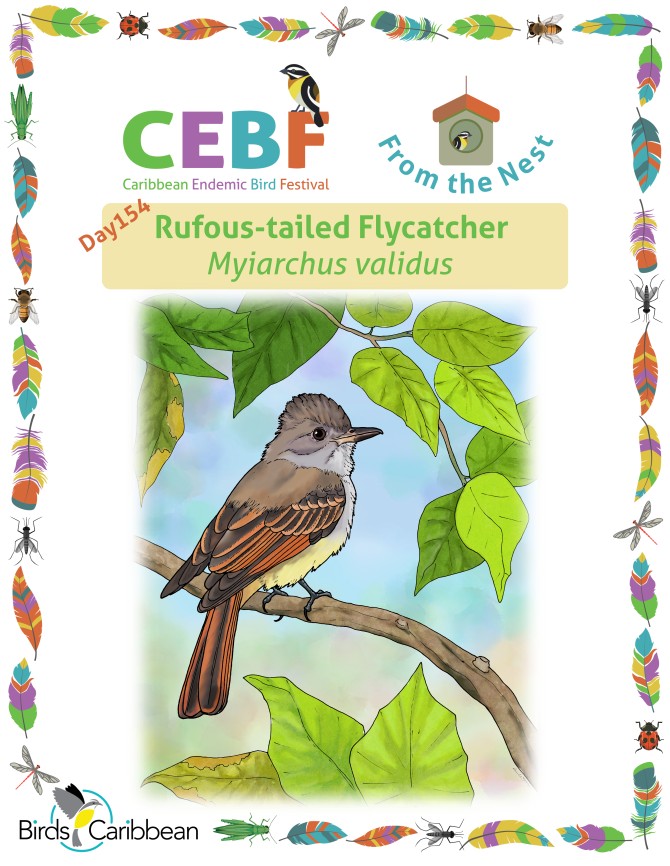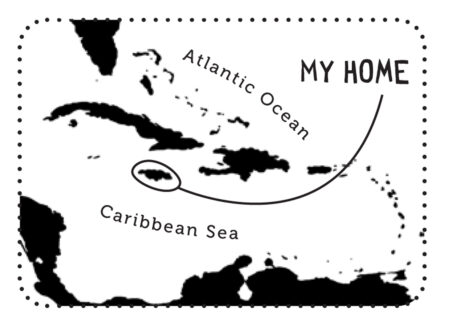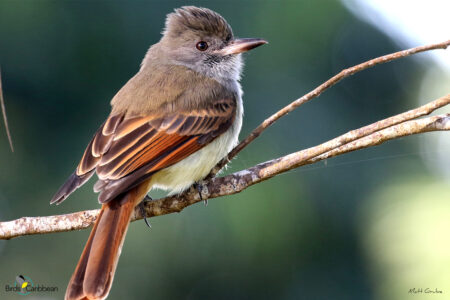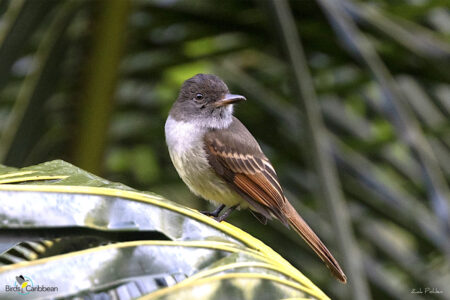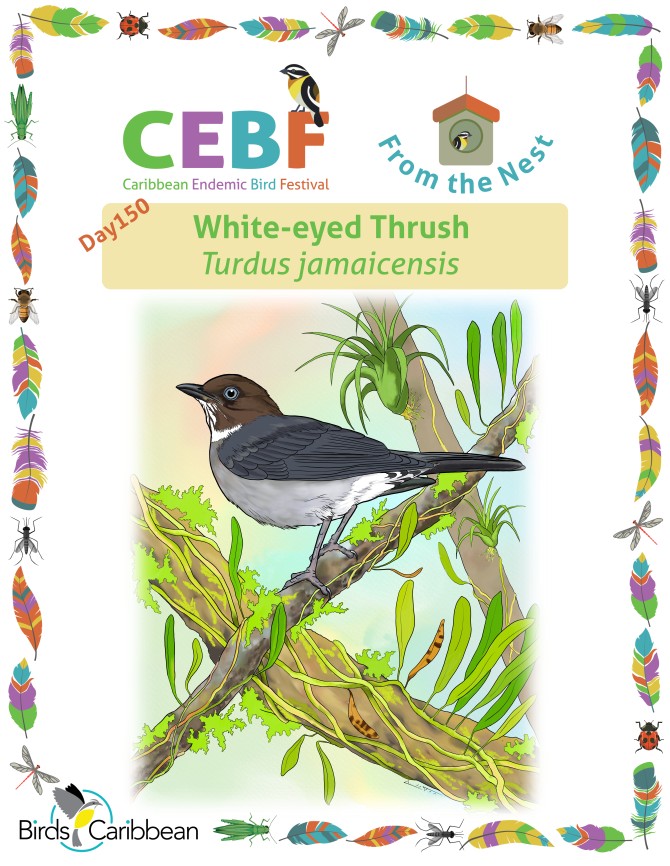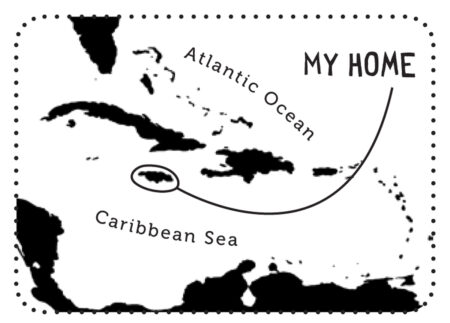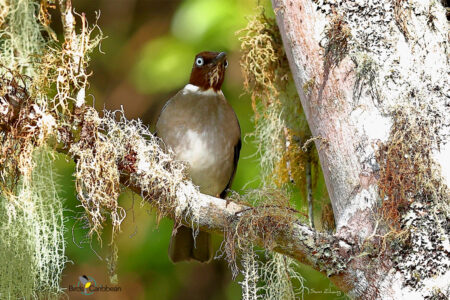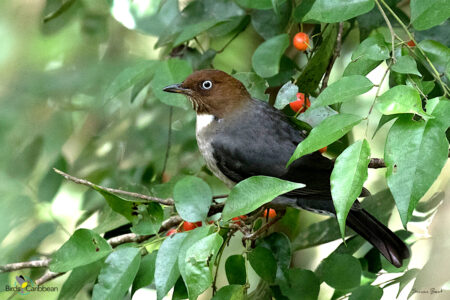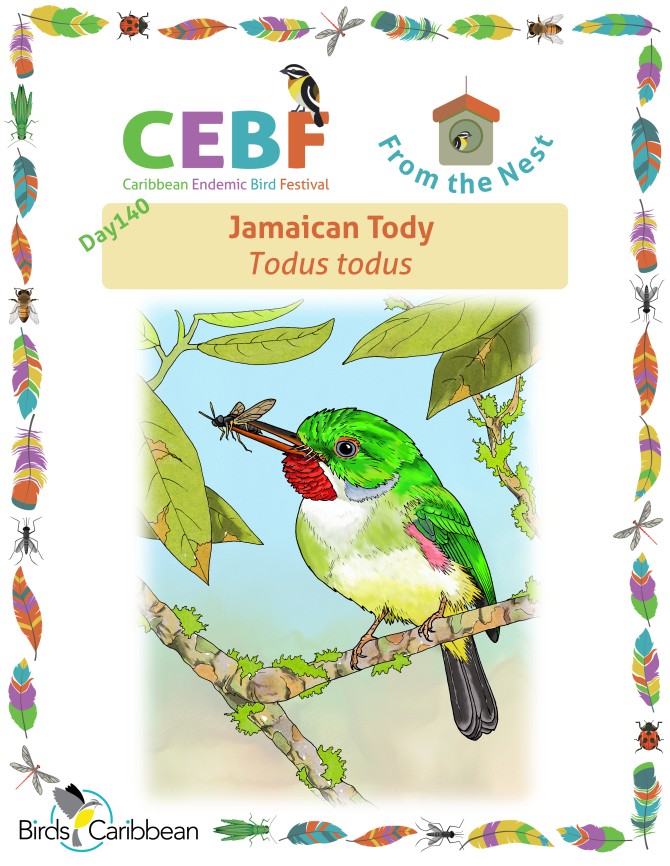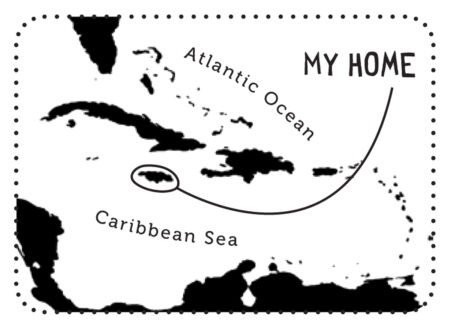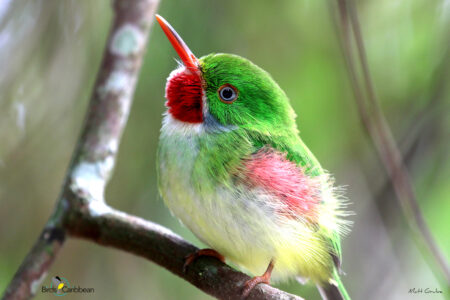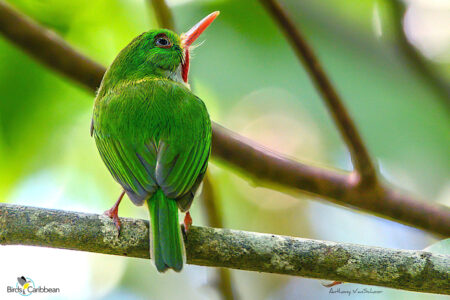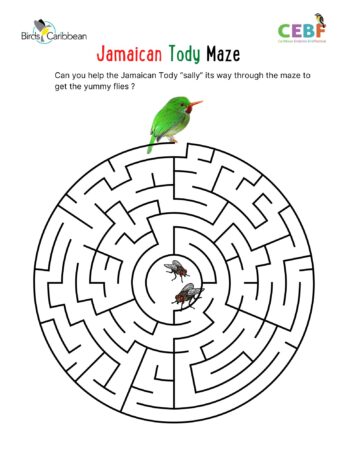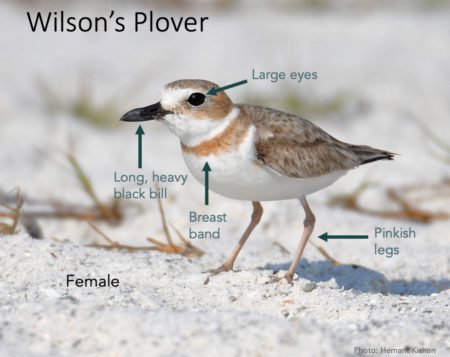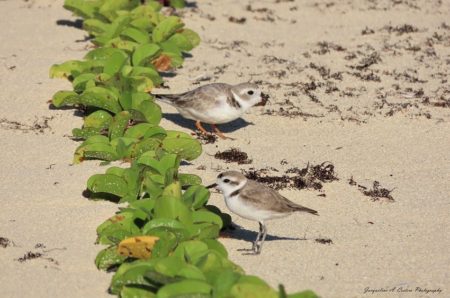
We are saddened to share the recent passing of John Fletcher, a true pioneer of birdwatching in Jamaica. Emma Lewis—an influential blogger, environmental advocate, and longtime BirdsCaribbean member—has written a heartfelt tribute to John, honoring his remarkable legacy of inspiring Jamaicans to appreciate and protect their island’s birds. Emma, also a valued member of our Media Working Group, originally posted this tribute on her blog, Petchary, on November 3, 2024. We extend our gratitude to her for allowing us to share it here.
The birdwatching community has become quite close-knit over the past few years. It is small, but growing. Last month was a sad one, however, as we lost a beloved member of the older generation of birders. I penned this obituary; please feel free to share. As you can tell from the tributes at the end of this piece, we all miss John very much – but we are reflecting on the many good times we shared with him.
He was a teacher. He was a mentor. He was an expert bird guide. He was a friend. And he was never happier than when he had a pair of binoculars slung round his neck.
John was all about business and birds
Former President of BirdLife Jamaica (BLJ) and revered “elder statesman” of the island’s birding world, John Oliver Fletcher passed away in Kingston, Jamaica on October 11, 2024 at the age of 95, after a short illness. He leaves behind his two sons, Andrew and Mark, three grandchildren, and three great-grandchildren.
Lisa Sorenson, Executive Director of BirdsCaribbean, shared her condolences with Jamaican birders: “John was amazing, such a huge and positive influence on the birding community in Jamaica and a mentor and friend to so many. A life well-lived for sure and he will be missed. His spirit lives on in our memories—and in every joyful moment spent with binoculars in hand. Our condolences to all of you.”
President of BLJ Justin Saunders shared: “The significance of John to BLJ was evident from my first day as a BirdLife member over two years ago. The outpouring of love since his passing only confirms the beautiful stories I’ve heard about him since. I was not fortunate enough to have met and gone birding with John, something I expected would have been a memorable and fun experience; but I’m inspired every time I see one more picture and hear one more person speak about their favorite ‘John moment’. Even though John’s passing is a sad moment I think it’s also a beautiful reminder of the family we have here in BirdLife Jamaica.”
In a Facebook post, the Environmental Foundation of Jamaica conveyed its sincere condolences, noting that John was a dedicated member for many years.
Born in Balham, south London on April 5, 1929, John arrived in Jamaica in 1948 as a nineteen year-old, to do his second year of required National Service in Jamaica. He worked in the Army Ordnance Depot on Princess Street, downtown Kingston. He fell in love with Jamaica, met and married a Kingstonian (Kitty Paxton), and started work with the Citrus Company of Jamaica as an assistant chemist. John worked in a management position in Stann Creek, Belize (then British Honduras) for a short while; however, Belize did not suit the Fletchers, and they returned to Jamaica. They lived in Bog Walk for twelve years, where John was Managing Director of Jamaica Citrus Growers. In 1970, he formed his own company, Fletcher Bowman Ltd., in Yallahs, St. Thomas. John was elected President of the Jamaica Exporters Association (JEA) in 1980. Following an illness, he sold the company in 1984. After serving as Managing Director of Salada Foods from 1986 for nine years, he retired at 65 and decided to join his son Mark’s company, Country Traders, where he started his own roastery – Coffee Roasters of Jamaica – an enterprise he enjoyed.
Somehow, despite all his responsibilities, John balanced his business career with his love for the environment – and birds in particular.

While living in Yallahs in the 1970s, John had started bird watching in the fascinating wetland area of the nearby Salt Ponds in the evenings; it remained one of his most beloved birding spots. He became a member of the Gosse Bird Club (now BirdLife Jamaica) where he served as Treasurer from 2005 to 2010 and then as President, until 2014. Besides his birding activities, he was Honorary Consul for Sweden from 1983, for 17 years; and wrote a fortnightly column in the Daily News on business and environmental issues from 1978. In 1990 he was appointed to the Appeals Tribunal of the National Resources Conservation Authority and became Chairman, resigning in 1996 from this and other posts.
John threw himself into his activities as an expert bird guide for locals and overseas visitors, conducting tours all over the island from 2001 onwards. Birding with inner city children, as part of a project with Jamaica Environment Trust, and talking to groups of schoolchildren about birds were among his most rewarding experiences – besides, of course, numerous field trips with BLJ.
Indeed, John loved life, laughed readily and easily, and “connected” with people of all ages and backgrounds. He even got on well with bird hunters. It was noticeable that birdwatchers would gather round him during field trips, to gather up his wisdom.
John lived life to the fullest, and was very much a family man. His ninetieth birthday was celebrated in style with friends, family and birders at the Pages Restaurant in Hope Gardens, where he was presented with a book created by BLJ members in celebration of his life with birds, among other gifts. It was a joyous and at times emotional occasion.
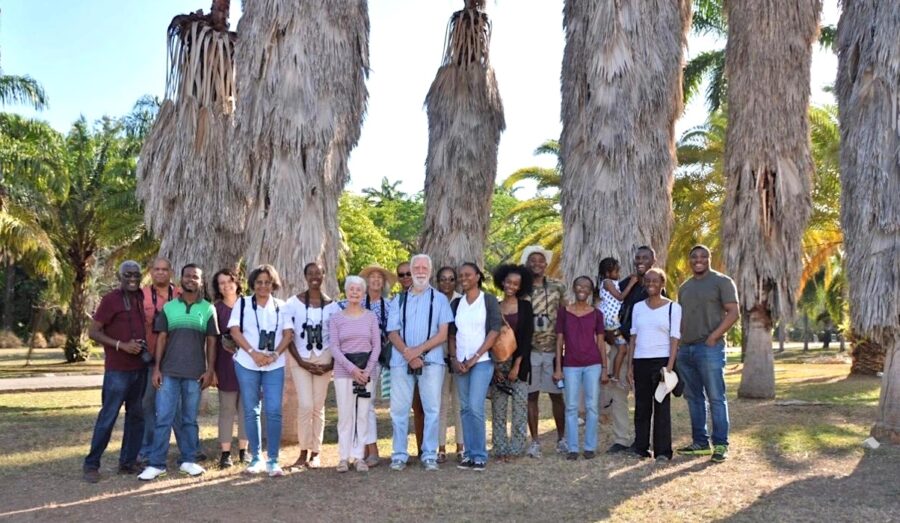
While staying at Silver Sands in late July this year, John “really enjoyed his early morning swims,” according to his son Andrew. He had celebrated his 95th birthday with a party at a restaurant in Golden Spring, St. Andrew.
John gave so much to Jamaica’s birding family. He was much loved and appreciated as a colleague and teacher, and he will be greatly missed.
Other BLJ members and birders shared their fond memories:
“John Fletcher will live on in the hearts of birders in Jamaica. He has taught many about the birds of Jamaica and also how to be a superb bird guide…You have taught and shared so much information about birds to so many people, including me. On behalf of the birding community in Jamaica, we would like to send condolences to your family at this time. You were such a birder and you will live on in our hearts – even in our binoculars.” Immediate Past President/BLJ Executive and Biologist Damion Whyte
“John and I have shared many birding moments, especially at Parrottee Ponds, St. Elizabeth. I chant that JAH grants all those who are connected to him extra strength in this time of bereavement. May his soul rest in the arms of the Ancestors. John, you have stepped into the next realm and the JAH of the birds are with you all the way. Live on Birding Brother.” – Wolde Kristos, BLJ Executive and Bird Guide
“John was serious about birds. He was always ready to share his knowledge with us all. His enthusiasm was truly infectious. He was a very kind and thoughtful man. I will always remember the steaming hot coffee that he would bring on bird trips and share with us; for example, at the top of a cliff in Hector’s River, as we watched White-tailed Tropicbirds sailing by.” – Emma Lewis, BLJ Executive and blogger
“It was so easy to take beautiful photos of John Fletcher. Because he was a beautiful soul and that showed on the outside…I always told him he is our inspiration for aging gracefully. Fly high with the birds John!” – Doris Gross, BLJ member
“I was honoured to have John Fletcher as a friend for over 30 years. John was remarkable not only for his extensive knowledge of birds, but for his amazing memory of people, places and events in Jamaica over the past seven decades. John was not only a birder, but a ‘hasher’ – a member of the running club, Jamaica Hash House Harriers (‘JAH3’) – and because he was an Englishman with a lifelong interest in birds, he earned himself the cheeky Hash name of ‘Tit Pincher’. It was always a pleasure having John on a birding trip: he brought his bird expertise, his stories of bygone times in Jamaica, and his delicious coffee. Farewell, John – fly with the birds you loved so much.” – Wendy Lee, Conservationist and Bird Guide
“I met John about 2002 through the late Dr. Peter Vogel when I was first introduced to BirdLife Jamaica.
I affectionately look back at the fact that John has always been an old man, even seeing pictures of him from years before he always looked the same…sort of how no one can conjure up a picture of a young Santa Claus. He automatically and effortlessly commanded the room as he immediately got the respect and undivided attention whenever he opened his mouth. He always spoke calmly, never overly excited – but still able to convey his passion for the subject at hand…birds.
Since I was studying birds at the time, John immediately knew I needed his help without me ever asking. So he became my unofficial mentor, keeping me grounded in the local and cultural aspects of birding while I was otherwise building up my technical knowledge. He guided me in how to be a bird guide, which is much more difficult than it seems. The one takeaway I always held on to is that he told me to remain calm and not get too excited when I find the bird, thus not robbing the birders I’m guiding of that experience. In that way he taught me how to let the other birders “discover” the birds themselves, even if it meant I should pretend that I’m not sure of what I am looking at. I understood the assignment.
From there he encouraged me to help train other guides and got me into the commercial aspect of birding to the point where I formed Arrowhead Birding Tours in 2012.
In my eyes, John lived the perfect life. We all knew this day would come when we bid him farewell, but we would never be sad about it.” – Ricardo Miller, Past President of BLJ and Bird Guide.

